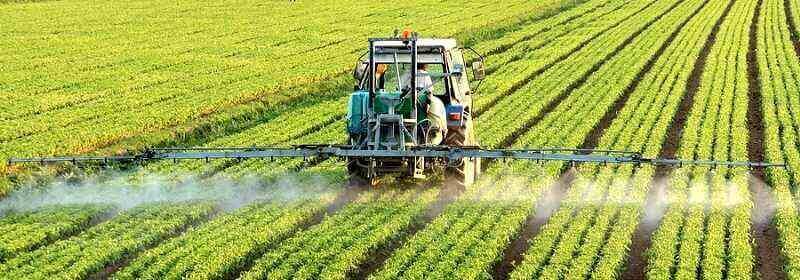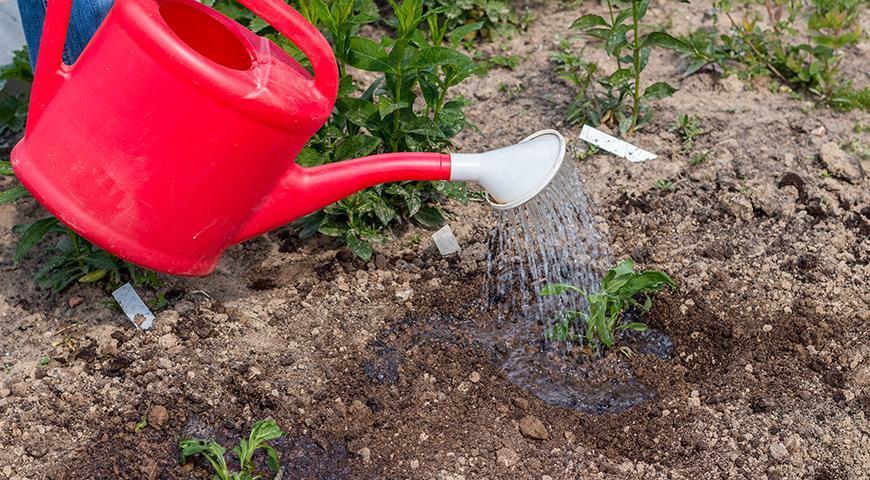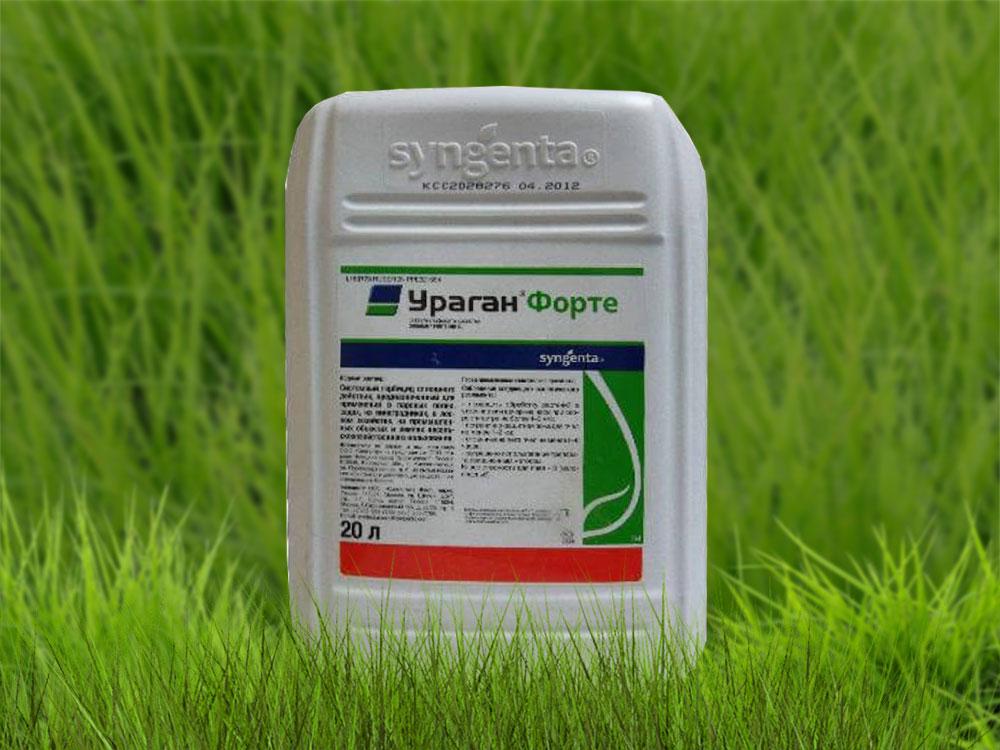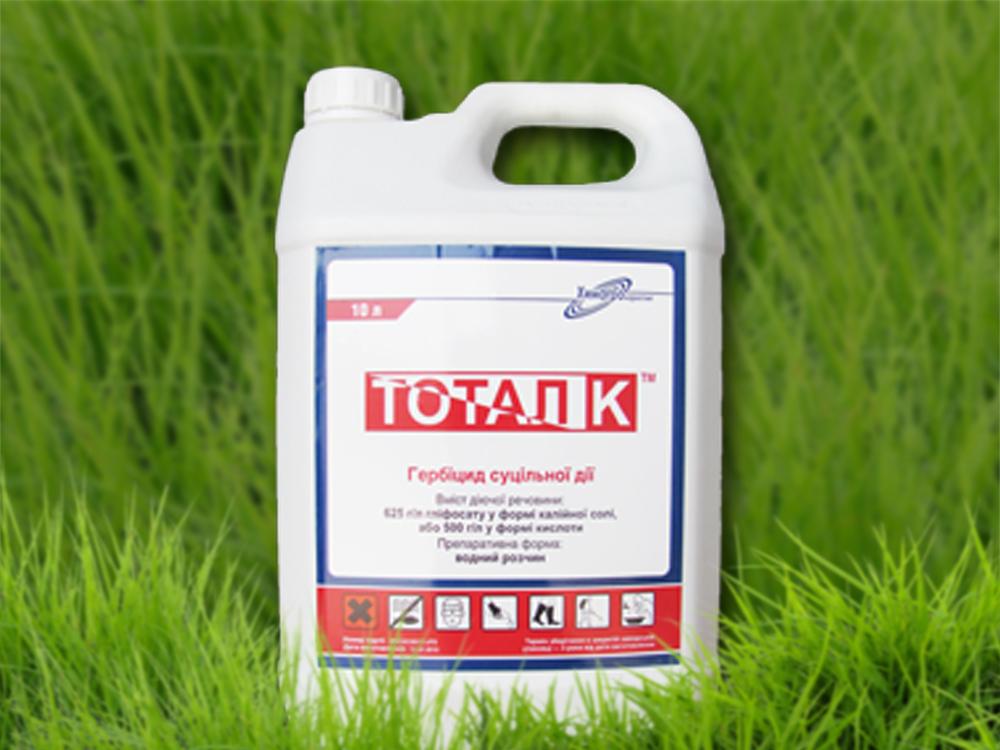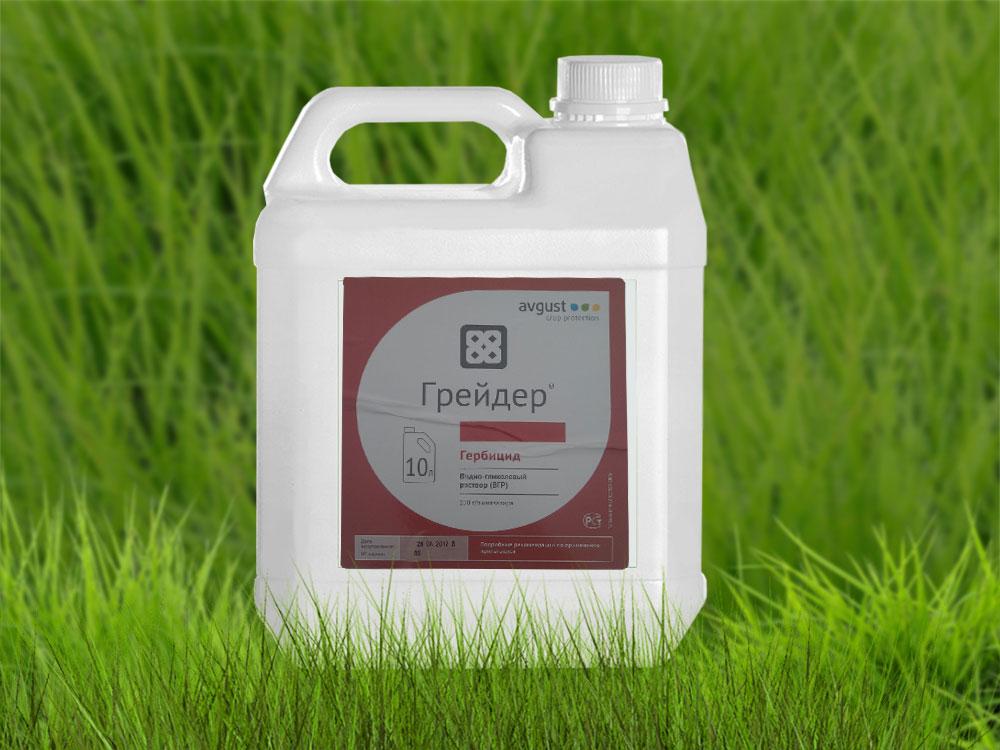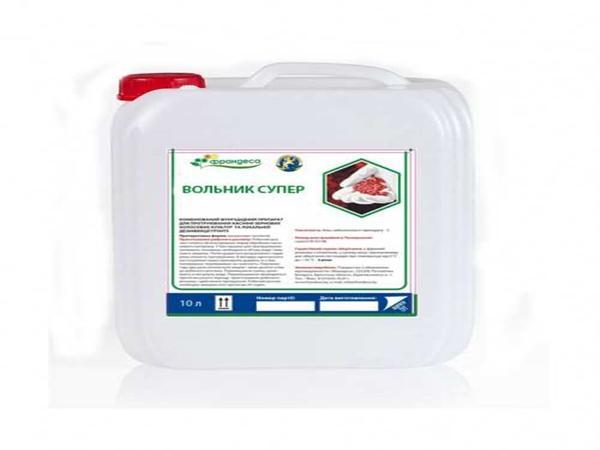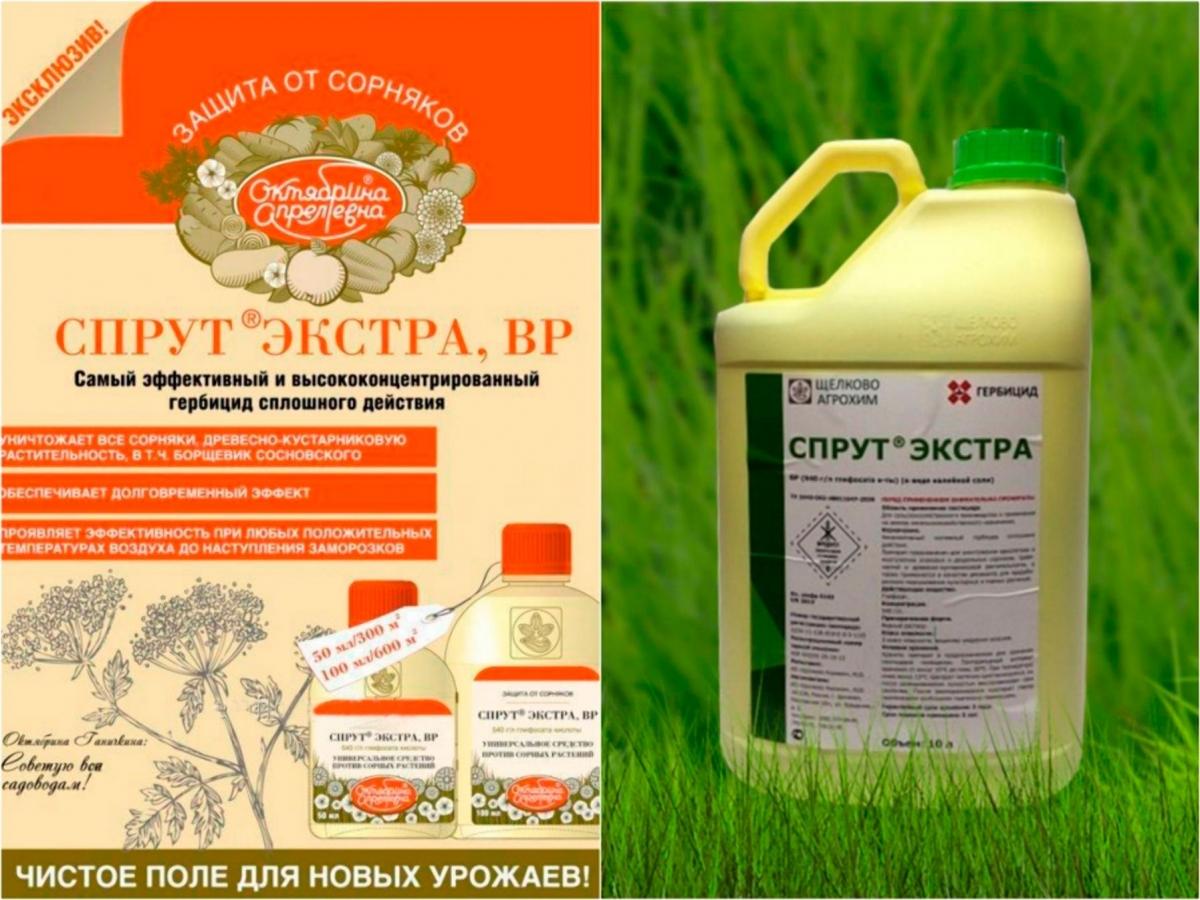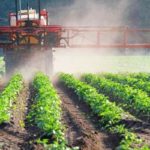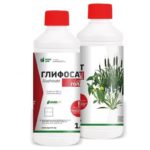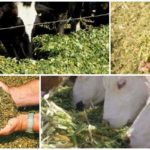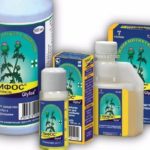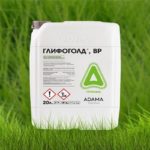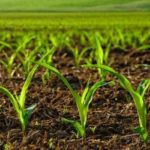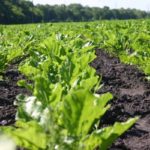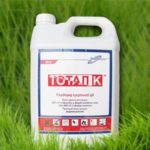The use of continuous herbicides is one of the main methods of protecting areas from weeds. The drugs are often used in fields and farms, as well as in private household plots. Let's consider the advantages and disadvantages of herbicides, types and ratings of popular drugs. How to dose them when preparing a solution, how to use them correctly. How to choose the best weed killer.
What are continuous herbicides?
Non-selective, or non-selective, herbicides affect all plants in the treated area. Continuous herbicides usually have a contact effect; they destroy cell walls, causing tissue necrosis and weed death. They are used, as a rule, on vegetative weeds, but among them there are also soil-based agents.
Advantages and disadvantages
Disadvantages: continuous herbicides act on all plants at once; if used incorrectly, cultivated plants may also be damaged. Treatment is possible with plant protection.
Main types
Continuous herbicides are divided into 2 groups: contact and systemic. They differ in active substances and the way they act on weeds.
System
Substances from the drugs of the 1st group act on the surface of the above-ground part of the weeds on which they fall; they are resistant to precipitation and are fast-acting.
Contact
Substances from group 2 products enter plant tissues, roots and growing points and affect weeds from the inside. Systemic herbicides are highly effective against perennial weeds, including those with a strong root system.
Rating of herbicides for weeds
Let's look at ten popular drugs known for their effectiveness, how to use them according to instructions and dosage.The products are often used not only in the fields, but also on personal farms.
"Rap"
Contains glyphosate, one of the most powerful herbicidal substances. The application rate is from 2 to 8 liters per hectare. Spray fruit, vegetable, and industrial crops against vegetative weeds in the spring and summer or after harvesting. Consumption – 100-200 l/ha. Processing is one-time.
"Hurricane Forte"
Contains glyphosate. The application rate varies from 1.5 to 3.5 liters per hectare. Spraying weeds in the active growth stage and in the fall. Single treatment, liquid consumption - 200-300 l/ha.
"Tornado"
The active substance is glyphosate. The herbicide destroys over 150 types of unwanted vegetation. Concentration – from 25 to 75 ml per 3 liters of water, treatment during the season. They cultivate vineyards, orchards, lawns, fields for sowing crops, and areas near roads. Frequency of treatments – 1.
"Total"
The active ingredient is glyphosate. They cultivate fields for crops, gardens and non-agricultural areas. Concentration is from 2 to 8 liters per hectare, 200-300 liters of the resulting solution are consumed per hectare. Spraying is done once.
"Torch"
Also contains glyphosate as an active compound. Designed for cultivating fields for sowing winter and late spring crops, vineyards and fallows. Weeds are sprayed once in spring, summer and autumn, using 100-200 liters per hectare.
"Grader"
The active substance is imazapyr. Used on non-agricultural areas, rapeseed and sunflower. Concentration – 0.075-0.12 and 2-5 l per ha. Treatment of weeds in the early stages of development and actively growing ones. Solution consumption is from 50 to 300 liters per hectare. Frequency of application – 1, waiting period for sunflower and rapeseed – 2 months.
"Roundup"
The herbicide contains glyphosate. It is used in the spring to control 1-year and perennial weeds that infest spring crops. Processing is done no later than 3-5 days before sowing or before the formation of crop shoots. Concentration – 20-40 ml per 3-4 liters of water. Spend this volume per 50-100 sq. m. area.
"Glyphosate Wolnik"
The active compound is glyphosate. They cultivate fields for sowing various crops, non-agricultural areas and fallows during the period of active weed development and in the fall. The treatment is done once, using 100-200 liters of solution per hectare.
"Arsenal"
The active compound is imazapyr. Destroys weeds and trees and shrubs in local areas, near gas stations, railway roads, fences, power lines. Application rate: for spraying bushes, 15 ml/5 l of water; for treating trees, inject the same volume of the drug under the bark with a special syringe.
"Octopus"
Included the herbicide is glyphosate. They cultivate non-agricultural plots, fallows and fields intended for sowing various crops. Application rate – 1.4-2.5 l, 1.4-2.8 l, 2.5-4 l, 2-3 l, 3-5 l. Spraying time - before germination and during active growth, consumption - 100-200 liters per hectare. Frequency of spraying – 1.
How to choose the best weed killer?
The choice depends on the purpose of application. Many blanket herbicides are designed to completely kill weeds in areas where there are no cultivated plants. They have a powerful effect and are able to successfully complete their task. When choosing, you need to pay attention to the rate of use and consumption, since this determines whether the use of the drug will be economically profitable.When used in areas with crops, an important selection criterion will be the level of phytotoxicity of the product.
Precautionary measures
Work with continuous herbicides should be carried out only with the use of special clothing and protective equipment. Be sure to wear plastic goggles, a respirator and gloves. The duration of work with a pesticide solution should not exceed 6 hours, in private farms - 1 hour. It is prohibited to eat, smoke and drink, and remove personal protective equipment until the work is completed.
If the solution gets on your skin, face, or eyes, immediately rinse the area with clean running water. If there are symptoms of intoxication, consult a doctor.
Continuous action herbicides are used in cases where it is necessary to quickly and effectively get rid of seedlings and adult weed plants. They cultivate not only fields, fallows, orchards, but also often non-agricultural lands and territories. Usually, 1 treatment is sufficient to completely destroy weeds. Spraying is carried out at any time of the season: before sowing, after it, for weeds in the early stages of growth, for actively growing weeds and in the fall, when the crop is harvested. This makes continuous herbicides truly versatile.

